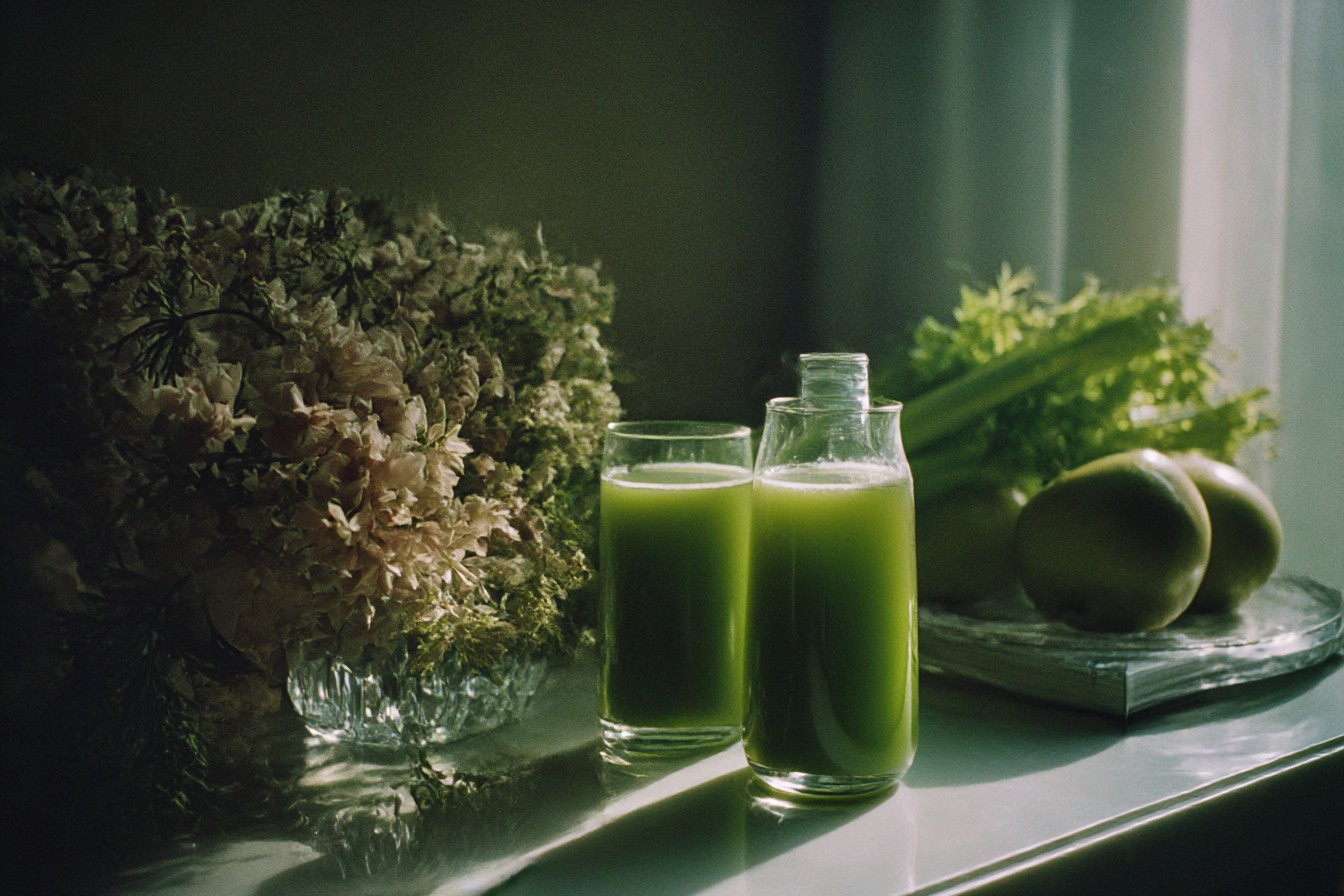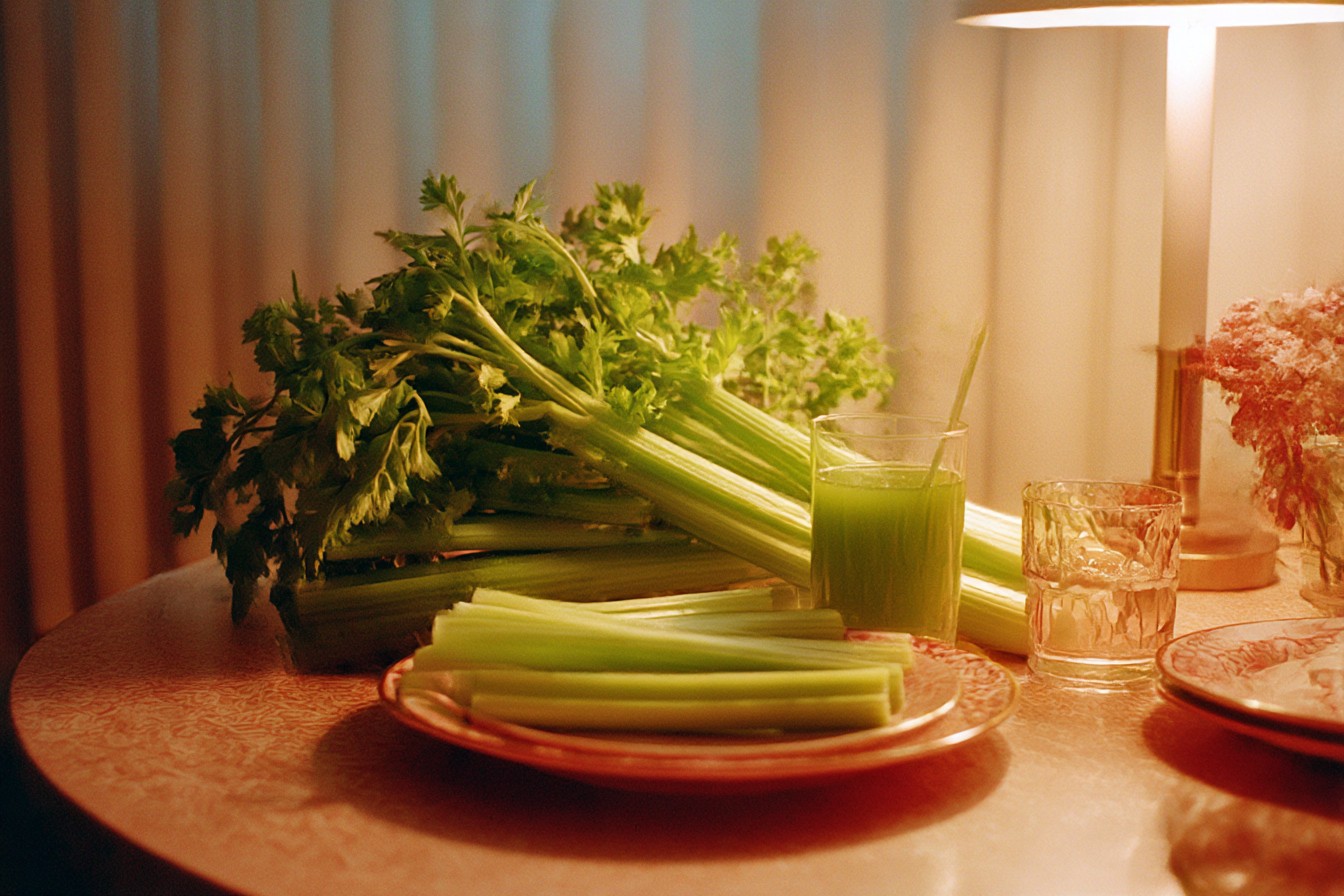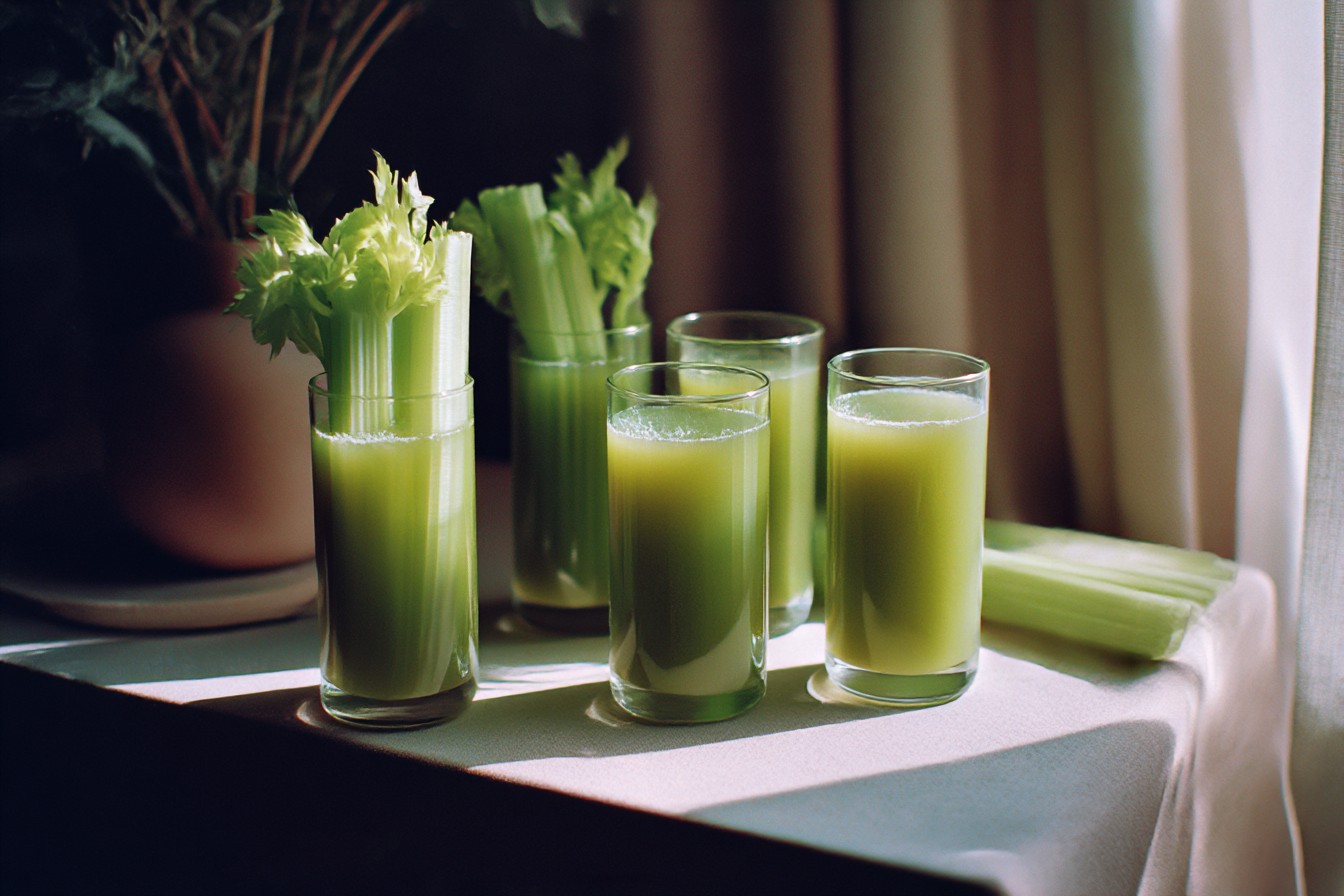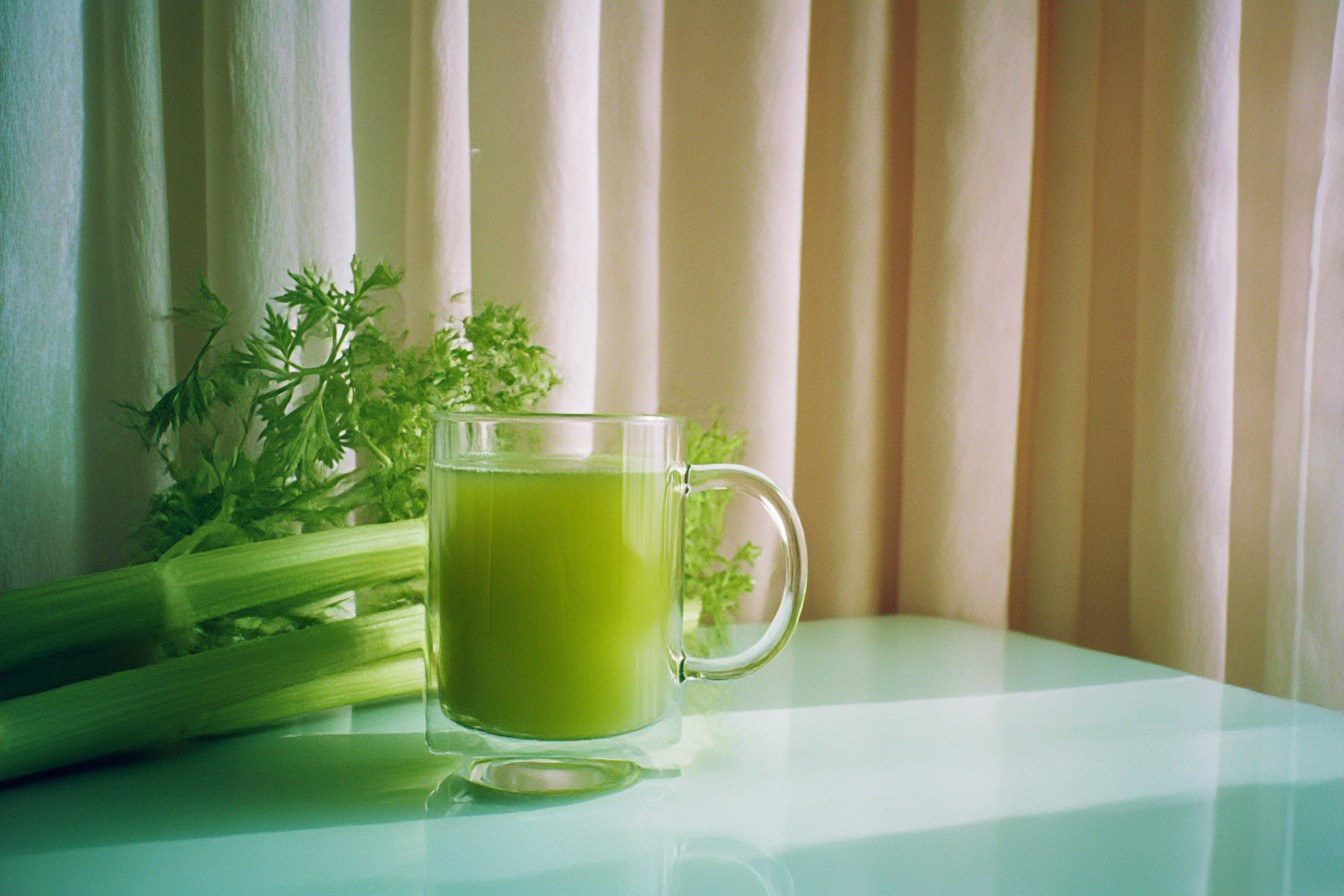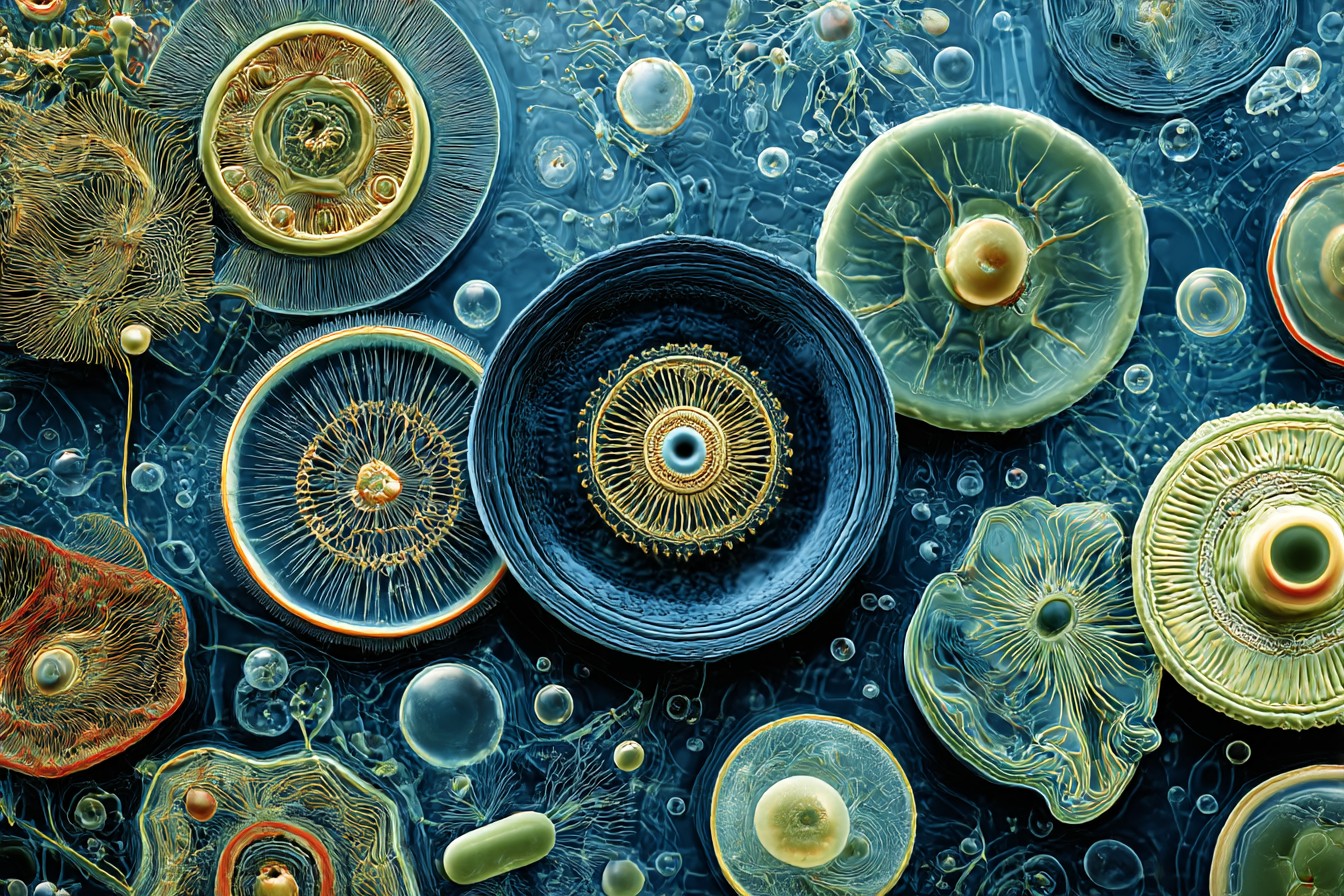Every January I make the same promise to myself. This year will be different. This year, I’ll finally become one of those glowing, vibrant people who radiates health and has boundless energy. And the vehicle for this transformation? A tall, pale green glass of celery juice on an empty stomach every single morning.
It’s become something of a yearly ritual for me now – buying a juicer I swear I’ll use daily, filling my fridge with stalks upon stalks of celery, and convincing myself that this time, I’ll stick with it beyond the third week of January.
I blame Instagram, honestly. Every December, like clockwork, my feed starts filling up with perfectly manicured influencers clutching their glasses of celery juice against minimalist white backgrounds. They gaze meaningfully at their concoctions as if they’re holding the elixir of life itself, not just liquidized vegetables that taste vaguely like drinking a garden pond.
“Day 47 of my celery juice journey!” they announce. “My skin is clearer, my digestion is perfect, I’ve never felt more energized, and I’m pretty sure I can now see through time!”
OK, so maybe they don’t claim temporal perception abilities, but the other benefits they espouse are nearly as miraculous. And every year, like a goldfish with amnesia, I forget how this exact scenario played out just twelve months earlier and dive headfirst back into the celery cult.
The first few days are always full of optimism. I wake up on January 1st or 2nd (let’s be real, nobody starts health kicks on New Year’s Day itself – that’s just masochistic) with purpose burning in my belly. I haul myself out of bed, slightly hungover from the last hurrah of December indulgences, and trudge to the kitchen to face my nemesis: the juicer.
Now, if you’ve never owned a juicer, let me tell you – they’re not the low-maintenance kitchen appliances that flashy infomercials would have you believe. They have approximately 47 different parts, all of which need to be disassembled, cleaned, and reassembled every single time you use them. It’s like solving a particularly frustrating puzzle that rewards you with vegetable juice instead of the satisfaction of completion.
But those first few days, I’m undeterred by the juicer’s complexity. I’m a health warrior! I slice my celery with the precision of a surgeon, feed it through the machine, and watch with genuine delight as pale green liquid trickles into my glass. I knock it back quickly (because let’s be honest, nobody actually enjoys the taste), grimace slightly, and then congratulate myself on being so damn healthy.
My housemate Tom usually watches this performance with a mixture of amusement and resignation. He’s seen this show before.
“Going well this year?” he’ll ask, pouring himself a normal person’s morning coffee.
“Absolutely,” I’ll reply with the zealotry of the newly converted. “I can already feel it working. My cells are literally being cleansed as we speak.”
Tom will nod, sip his coffee, and wait for the inevitable crash and burn that we both know is coming.
The thing about celery juice is that the supposed benefits are both vague and all-encompassing. It’ll improve your gut health! It’ll reduce inflammation! It’ll clear your skin! It’ll give you more energy! These claims are just specific enough to sound scientific but just vague enough that you can convince yourself they’re working even when they aren’t.
“My digestion does seem better,” I’ll announce to no one in particular on day five, having scrutinized my toilet visits with an intensity that would alarm medical professionals.
By the end of week one, I’ve usually convinced myself I’m seeing results. My skin does look clearer (or is it just the lighting?). I do have more energy (or is it just that I’m going to bed earlier?). I do feel healthier (or is it just the placebo effect working its magic?).
Week two is when the cracks start to show. The daily juicer cleanup starts to feel less like a small price to pay for optimal health and more like an unnecessarily complex morning chore. My fridge is perpetually full of celery, crowding out other foods, dropping its stringy bits all over the shelves. My enthusiasm wanes as the reality sets in – I’ve committed to drinking pond water every morning for the foreseeable future.
It’s around day ten that I start bargaining with myself.
“Maybe I don’t need to have it immediately upon waking,” I think. “Surely having it after my coffee is almost as good?”
By day twelve, I’ve usually overslept and rushed out the door without my green elixir, promising myself I’ll have a double portion tomorrow to make up for it.
By day fourteen, the celery in my fridge has started to go limp, a sad metaphor for my wilting resolve.
And somewhere around day sixteen or seventeen, I’ll walk into the kitchen, look at the juicer sitting accusingly on the counter, and think: “You know what? Life’s too short.”
The juicer gets relegated to the back of the cupboard. The remaining celery gets thrown into a soup or, more often, the bin. And just like that, my annual celery juice commitment dissolves faster than my resolution to finally learn Spanish or organize my digital photos.
What makes this yearly cycle so fascinating (and slightly embarrassing) to me is not just that I fall for the same health trend repeatedly, but that I genuinely believe it will be different each time. It’s like my January self and my February self are two entirely different people – January-me is optimistic, committed, and slightly delusional, while February-me is realistic, pragmatic, and absolutely not interested in cleaning a juicer at 6:30 in the morning.
Last year was my most ambitious celery juice attempt yet. I’d read some wellness guru’s book that insisted sixteen ounces wasn’t enough – to really see benefits, you needed to drink twenty-four ounces minimum. So there I was, buying celery in quantities that raised eyebrows at the checkout, explaining to the bemused cashier that “No, I’m not opening a rabbit sanctuary, just juicing.”
I lasted exactly nine days before the volume of celery required became unsustainable. My recycling bin was overflowing with those plastic sleeves celery comes in. My bank balance was noticeably lighter (turns out, buying industrial quantities of celery adds up). And my enthusiasm had waned to the point where I was actively dreading waking up each morning to face my green nemesis.
The juicer has been in the cupboard ever since, nestled between the bread maker I used exactly twice and the spiralizer that briefly convinced me courgette noodles were an acceptable pasta substitute.
What I find most interesting about this whole cycle is how it reflects our broader relationship with health trends and quick fixes. There’s something so seductive about the idea that one simple change – drinking celery juice, cutting out gluten, taking a specific supplement – could transform our health and, by extension, our lives. It’s so much more appealing than the boring truth: that health is mostly about consistency, moderation, and habits that don’t make you miserable.
I mentioned this to my sister during our weekly phone call last February, after I’d once again abandoned the celery juice ship.
“Why do you think you keep doing this to yourself?” she asked, not unkindly.
I thought about it for a moment. “I think it’s the hope,” I said eventually. “Every January feels like a clean slate, a chance to become a better version of myself. And celery juice seems like such a simple way to get there.”
She laughed. “You know what might be easier? Just accepting that you hate celery juice and finding healthy habits you don’t have to force yourself to do.”
She had a point. Maybe the problem wasn’t my lack of commitment but that I was committing to the wrong things. Things that looked good on Instagram but made me dread my mornings. Things that health gurus swore by but that made my kitchen smell perpetually of wet vegetation.
So this January, I’m trying something different. The juicer is staying in the cupboard. The celery is staying in the shop (unless I actually want some for cooking). Instead, I’m focusing on health habits that don’t make me miserable – taking a short walk at lunchtime, eating an actual piece of fruit instead of drinking its juice, going to bed a bit earlier.
They’re not as glamorous as celery juice. They won’t get me thousands of Instagram likes. No wellness guru is writing a book about the miraculous benefits of sometimes having an apple instead of a chocolate bar. But they’re sustainable. They’re pleasant. They don’t involve cleaning tiny juicer parts at unsociable hours.
Of course, I say all this now, in the comfortable certainty of November. Ask me again in January, and who knows? Maybe I’ll be telling you about my exciting new obsession with lemon water or cabbage juice or whatever the next miracle elixir happens to be.
But for now, I’m making peace with my yearly celery juice relationship. It’s taught me something valuable: that the best health habits aren’t the ones that promise the most dramatic results, but the ones you can actually stick with beyond the third week of January.
And if you happen to see someone in the supermarket buying suspicious quantities of celery next month, please stage an intervention. My kitchen – and my sanity – will thank you.



